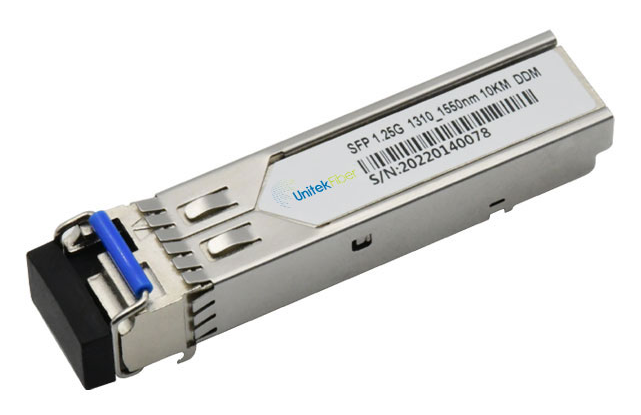In the realm of communication technology, transceivers play a pivotal role in facilitating seamless data exchange. Among the various types available, the distinction between grey transceivers and color transceivers has sparked curiosity and debate. In this comprehensive blog post, we will delve into the intricacies of these two types of transceivers, exploring their differences in terms of functionality, applications, and industry preferences.
1. Understanding Transceivers:
Before we dive into the grey vs. color debate, let’s establish a foundational understanding of transceivers. A transceiver, short for transmitter-receiver, is a device that combines both functions. It can transmit and receive signals, making it a fundamental component in communication networks.
1. Grey Transceiver: Decoding the Monochrome Marvel:
Monochrome Aesthetics:
Grey transceivers, as the name suggests, often come in monochrome shades, typically varying tones of grey.
The minimalist design of grey transceivers contributes to a streamlined and discreet appearance.
Functionality:
Grey transceivers are generally designed for basic signal transmission and reception without additional color-coded features.
They are known for their simplicity and straightforward functionality, making them suitable for various applications.
Applications:
Grey transceivers find common usage in environments where aesthetics might not be a priority, but reliable communication is crucial.
Industries like manufacturing, basic IT infrastructure, and certain telecommunications setups often opt for grey transceivers.
Cost-Effectiveness:
Due to their simplicity, grey transceivers are often more cost-effective compared to their color counterparts.
This makes them an attractive choice for budget-conscious projects and organizations.
III. Color Transceiver: Vibrancy in Functionality:
Visual Distinction:
Color transceivers incorporate a diverse color palette, allowing for visual identification and differentiation.
The use of colors aids in quick and efficient troubleshooting, particularly in complex network setups.
Enhanced Features:
Beyond basic signal transmission, color transceivers may include additional features, such as compatibility indicators, signal strength representation, or specific functionalities coded to distinct colors.
Specialized Applications:
Color transceivers are often preferred in advanced networking setups, data centers, and environments where quick and precise identification of devices is crucial.
The color-coded system simplifies management and maintenance tasks.
Investment in Precision:
While color transceivers may come with a higher initial cost, the investment is often justified by the enhanced features and precision they bring to complex networking scenarios.
1. Industry Preferences and Trends:
Evolution in Networking:
The choice between grey and color transceivers often depends on the specific needs and preferences of industries.
As technology evolves, there is a noticeable trend towards the adoption of color transceivers, especially in industries where advanced features and rapid troubleshooting are paramount.
Flexibility in Implementation:
Some industries may opt for a hybrid approach, using grey transceivers in certain sections of their network and color transceivers in areas requiring heightened precision.
In conclusion, the grey transceiver vs. color transceiver debate is not just about aesthetics but extends to functionality, application suitability, and industry trends. While grey transceivers offer simplicity and cost-effectiveness, color transceivers bring enhanced features and visual distinction to complex networking environments. The choice ultimately rests on the specific requirements of each industry and the balance between functionality and cost considerations. As technology continues to advance, the landscape of transceivers is likely to evolve, presenting new possibilities and challenges for communication networks.
Contact Linden Photonics to get a quote or Call Us at (978) 392-7985

